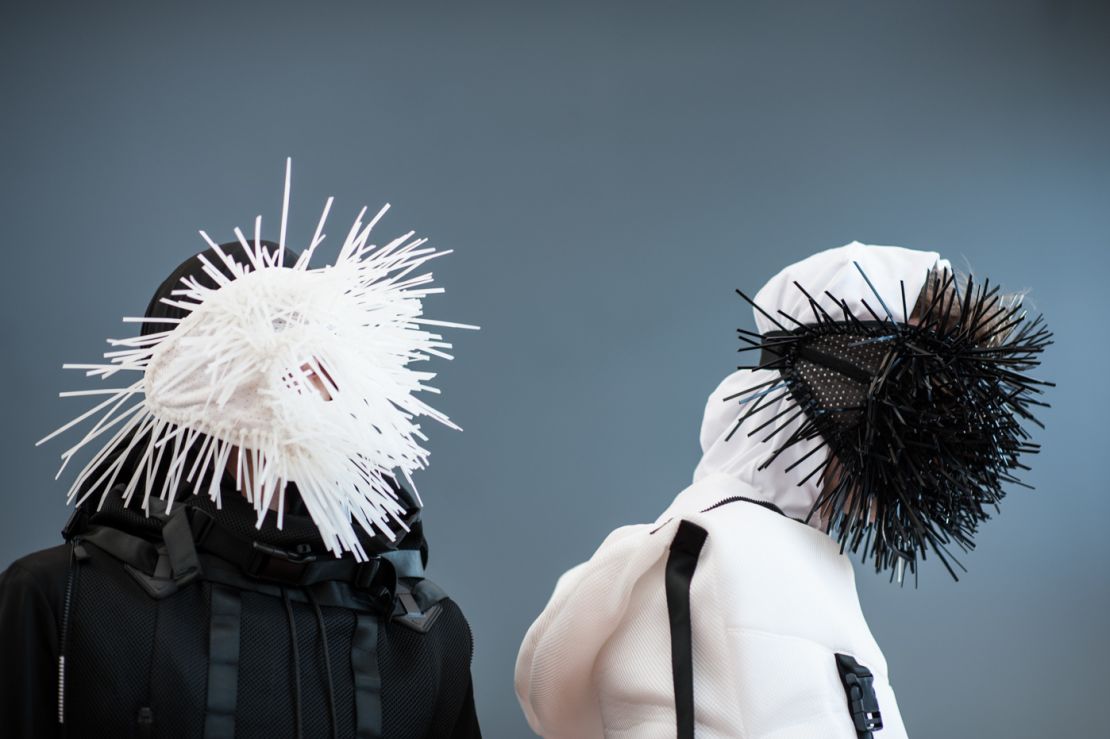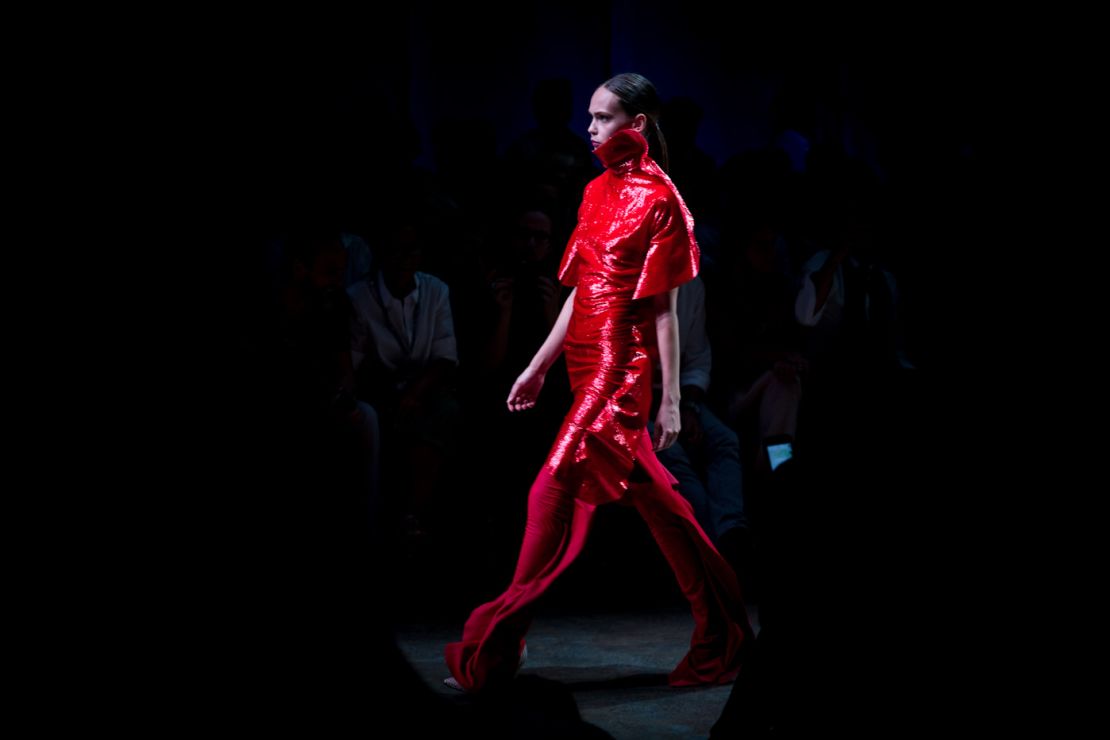Looking down on the still, stereotypically coastal scene that is Trieste on Sunday, it’s difficult to imagine that just hours before, the city had been transformed into a sleek showroom for visionary conceptual fashion collections and the design school graduates who created them.
Last weekend, the prestigious International Talent Support competition brought 40 of the most inventive young fashion, jewelery, and accessories designers from around the world to the Italian city to be judged and rewarded by industry veterans with prizes totaling 100,000 Euros ($110,000). This year’s theme was, fittingly, The Future.
“The only way to predict the future is to create it,” says ITS founder and director Barbara Franchin. “When you’re young, you’re completely free of obstacles; there’s nothing you can’t do.”
Instead of rehashing clichés around the theme (read: Space Age predictions, Blade Runner, Mad Max, anything vaguely Orwellian), designers interpreted the future with a new visual vocabulary.
For the 10 fashion finalists, the translations varied: crochet dresses with Lucite panels, paired with vertiginous stripper heels from Japanese designer Yuko Koike; masks made of cable-ties that all but completely obscure sight from Swiss Jennifer Thévenaz-Burdet; tassels, fur, body cages. Sometimes gaudy, sometimes utilitarian, sometimes – somehow – nostalgic. The only common thread was creativity.

This diversity of vision is something the jury – comprising industry insiders like Diesel artistic director Nicola Formichetti and Vogue Italia senior editor Sara Maino – certainly picked up on. Demna Gvasalia, the head of Paris-based studio Vetements who formerly designed for Louis Vuitton and Maison Martin Margiela, posits that this might signify a generational shift in thinking around design.
Having won ITS’s Fashion Collection of the Year with his first showing as a student in 2004, Gvasalia’s definitely noticed a difference in the work students and new graduates are producing.
“It’s interesting to see how this new generation of designers has evolved, and the difference between myself and generations before myself,” he says. “It used to be that fashion was there to make you dream. We had to create certain ideals for people to believe in. Now, it’s much more real.”
Carlo Capasa, president the Italian Fashion Chamber and CEO of Costume National, suggests that the divergent interpretations may be the result of an increasingly visual culture that prioritizes the new and unfamiliar.

“The new generation, they are Instagram. Many of the new designers work very much thinking [about] the final effect of the picture. Maybe, in the past, they were looking more at the deep construction of the garment. Today, we’re talking more a language of communication more so than before,” he says. “The good designers of tomorrow are the ones who can meld that new visual way of working with some strong base of tailoring, construction and knowing how to deal with value.”
So the jury was looking for more than vision, at the end of the day. Fashion as an industry is as much about commerce as creativity – a point many of the jurors were keen to emphasize before the winner was announced.
“These young designers have creativity, technique, technology and the future, but they really have to understand what real fashion is outside of [the competition],” says Massimo Giorgetti, who helms MSGM and, as of recently, Emilio Pucci. “It’s important to find the right balance between creativity, between surprises, and between the fit of the clothes.”
And this time, that balance won out. The Fashion Collection of the Year award – the top prize of the night – went to 26-year-old German Paula Knorr, whose collection of tight, shimmering dresses – replete with tassels, Lurex, and a lot of red – was praised by the jury for being feminine, wearable and, ironically, perfect for today.
In the future, the hemlines may change, but bottom lines are eternal.









